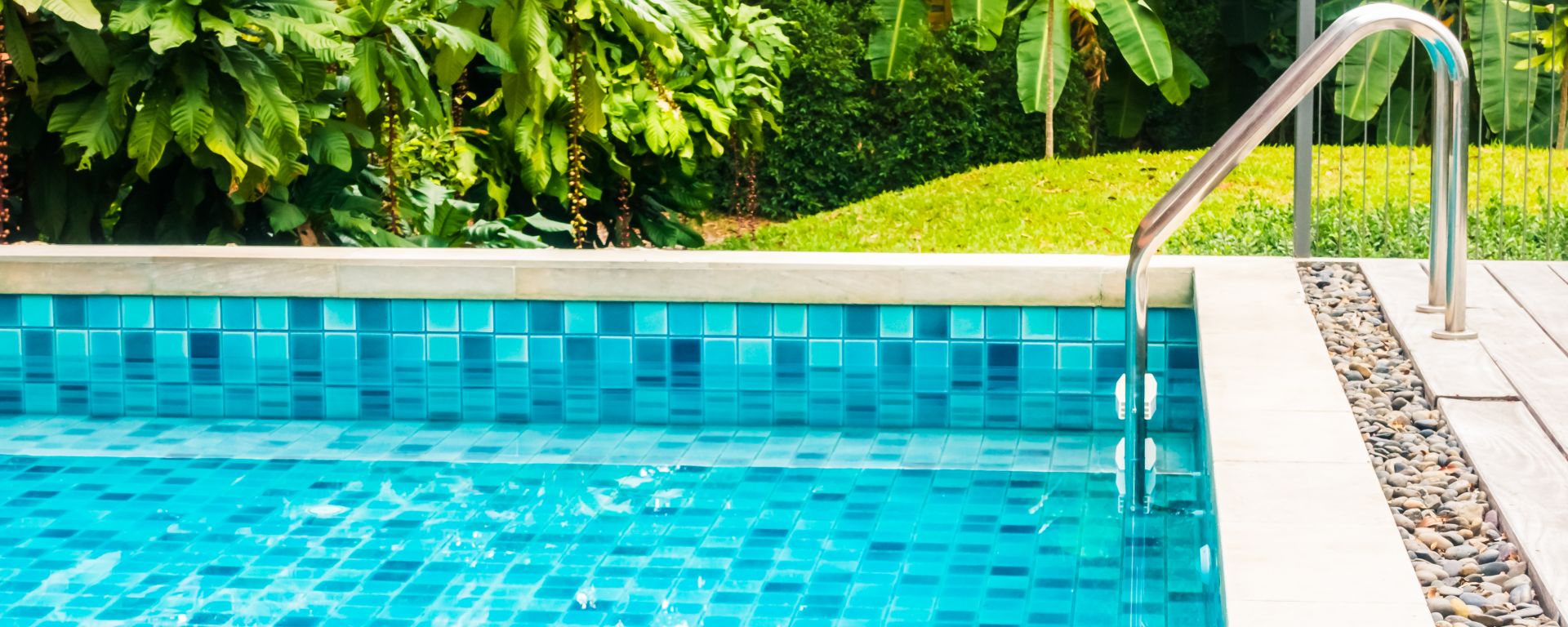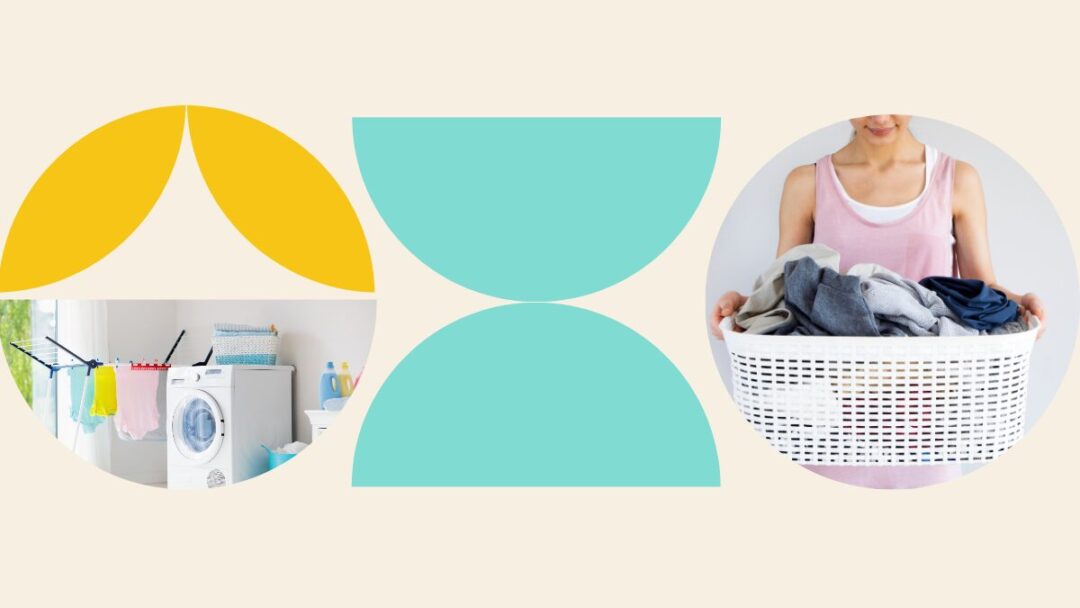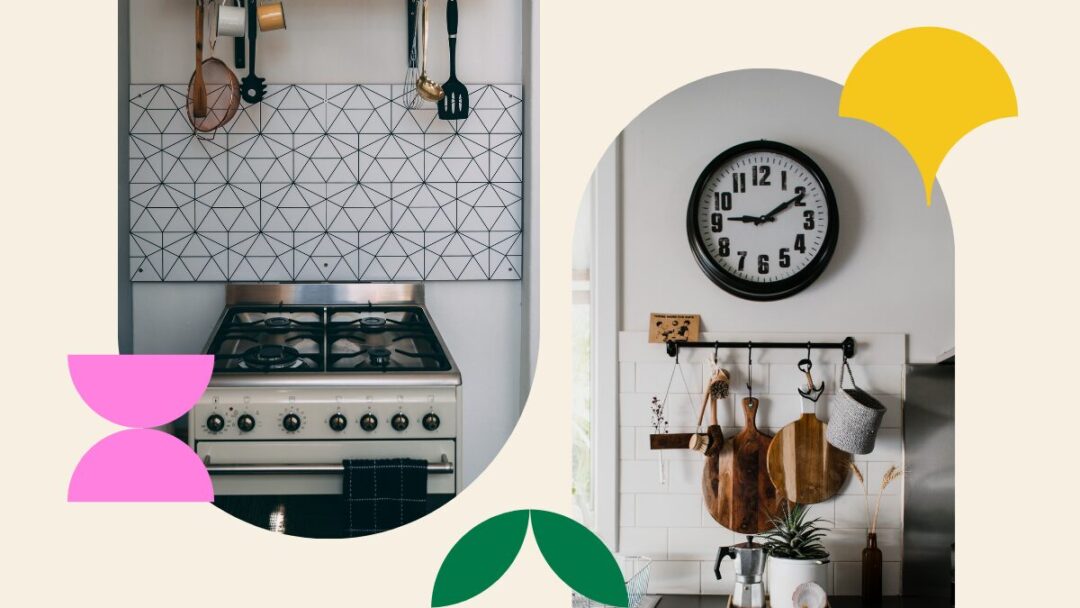Who doesn’t love a sparkling pool to dive into and relish during a hot summer’s day? Having a clean and hygienic swimming pool is essential for a refreshing and enjoyable swim. Besides the health factors, it also adds to the aesthetic appeal of your home with a pop of colour and clarity. In order to achieve this, it begs the following question – what’s the best way to maintain a clean and healthy swimming pool?
Pool maintenance falls into the important category of cleaning specific areas and items in your home. It’s an art that not only ensures crystal-clear water, but also prevents the growth of algae and harmful bacteria. If you’re ready to take your pool cleanliness to new heights (or depths) then keep reading. In this blog post, we will guide you through the key steps and best ways to maintain a clean and healthy swimming pool.
Understanding Pool Water Chemistry
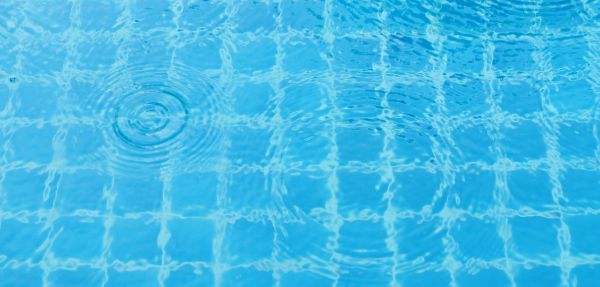
Before you dive into the cleaning process of a pool, it’s helpful to understand the processes and mechanics that keep your pool clean. With these in mind, you’ll be able to make better decisions. The 3 main topics we’ll look at below relating to pool water chemistry are pH levels, chlorine and sanitisation, and alkalinity and calcium hardness.
1. Balancing pH Levels
Maintaining the proper pH balance in your pool water is crucial to its condition. Use a pool testing kit to test the pH levels regularly and adjust them as needed. The ideal pH range for pool water is between 7.4 and 7.6. Use pH increasers or decreasers to bring the levels within this range for satisfactory results related to health and look.
2. Chlorine and Sanitisation
Chlorine plays a vital role in sanitising the pool water to kill bacteria and other contaminants. Make use of chlorine tablets, liquid chlorine, or granular chlorine to maintain the appropriate chlorine levels. Test the chlorine levels regularly and adjust as necessary to ensure a sanitary and enjoyable swimming environment.
3. Alkalinity and Calcium Hardness
Proper alkalinity and calcium hardness levels help stabilise the pool water. Test the alkalinity and calcium hardness regularly and adjust them within the recommended ranges. If you aren’t sure about the numbers, alkalinity should be between 80-120 ppm, while calcium hardness should range from 200-400 ppm.
Pool Filtration and Circulation
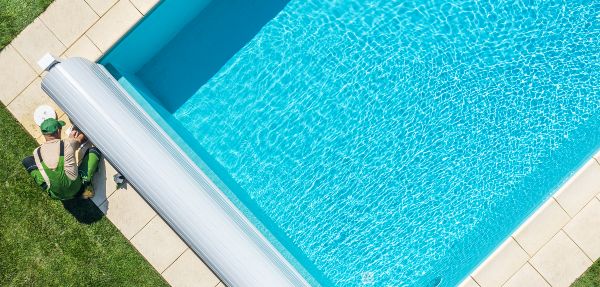
For your pool to be in optimal condition, it needs a filtration system and regular circulation. We’ll outline the meaning of these terms and the necessary processes required for a dreamy pool below.
1. Understanding Pool Filters
Different types of pool filters help remove debris and contaminants from the water. Some of the filters you can choose from are sand, cartridge, and DE filters. Follow the manufacturer’s instructions to clean and maintain the filters regularly to ensure optimal filtration efficiency.
2. Importance of Proper Circulation
Proper pool circulation prevents stagnant water, which is especially important for the equal distribution of chemicals. Your pool pump and filter need to be run for an adequate amount of time each day to maintain proper circulation. Aim for a turnover rate of 8-10 hours, depending on your pool size. This should give the entirety of the pool water time to pass through the filter.
Cleaning and Skimming
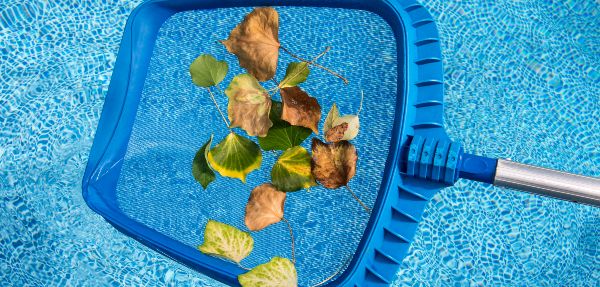
Knowing how to clean and skim your pool is arguably the most important part of the entire pool maintenance process due to the required frequency. Let’s look at the following 3 processes to take note of: skimming, brushing, and vacuuming.
1. Skimming the Surface
Regular skimming of the pool surface is vital to remove leaves, insects, and other debris. Use a pool skimmer or net to collect any debris floating at the top. Aim to skim the pool at least 1-2 times per day, depending on the amount of debris likely to make its way into the pool based on your pool’s surroundings.
2. Brushing the Walls and Floor
Brushing the pool walls and floor helps remove any debris buildup and prevents the growth of algae. Use a suitable brush depending on your pool surface (concrete, vinyl, fiberglass), and brush all areas thoroughly 2-3 times per week, depending on the size of your pool.
3. Vacuuming and Bottom Cleaning
A net and brush are fine for skimming and brushing, but a pool vacuum should be used to remove sediment and debris settled at the bottom of the pool. Try to get an automatic pool cleaner to make your life easier. Vacuum the pool bottom regularly, focusing on areas with visible dirt or debris.
Regular Maintenance Tasks
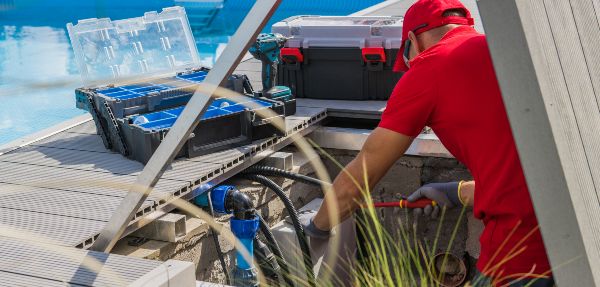
Aside from cleaning, there are other maintenance tasks required to keep your pool in a condition you’ll be proud of. Let’s take a look at these below.
1. Water Testing and Chemical Adjustment
The 3 main parameters you should test for are pH, chlorine levels, and alkalinity. Adjust the chemical levels accordingly to maintain the proper balance and ensure a healthy swimming environment. Keep a record of the test results and chemical adjustments for future reference.
2. Backwashing and Filter Cleaning
When the pressure gauge of a sand or DE filter indicates high pressure or reduced water flow, it’s time to backwash. For cartridge filters, clean them according to the manufacturer’s instructions and replace them when necessary.
3. Water Level Maintenance
Depending on the climate of the area you live in, you’ll need to monitor the water level regularly and maintain it within the recommended range. Add water when the level is low using a hose, being careful not to let it overflow. Address any excessive water loss or rainwater accumulation promptly.
Additional Considerations for Pool Maintenance
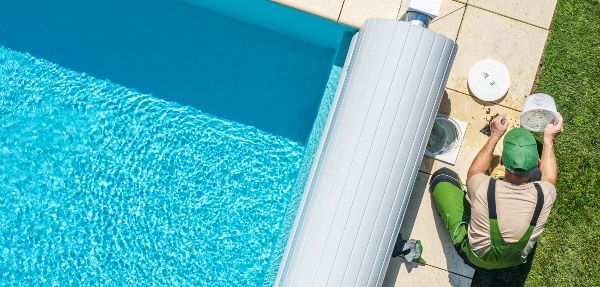
Before wrapping up, there are some final pool maintenance processes to keep top of mind if you’d like your pool to stand out from the rest. Follow along as we break these down below.
1. Regular Pool Shocking
Regular pool shocking is an important part of pool maintenance to eliminate contaminants and keep the water clean and safe for swimming. It helps kill various unwanted microorganisms, and also oxidises organic matter like sweat, body oils, and sunscreen residues, keeping your pool water oudor-free and clear.
It’s recommended that you shock your pool every 1-2 weeks during swimming season. Follow the steps below to do so:
- Test and adjust the pH and chlorine levels before shocking.
- Add the shock treatment to the pool water in the evening or at dusk to allow it to work overnight.
- Avoid swimming in the pool for at least 8-12 hours after shocking, or as recommended according to the manufacturer’s instructions.
- Monitor the chlorine levels after shocking and adjust if necessary to maintain the appropriate levels.
2. Winterising and Off-Season Maintenance
When the swimming season comes to an end, your pool will most likely not get used for a couple of months. Winterising your pool will help to protect it from freezing temperatures and ensure it remains in good condition for the next season. Here are some steps and considerations for winterising your pool:
- Clean the pool thoroughly, including skimming, brushing, and vacuuming.
- Balance the water chemistry, especially the pH and alkalinity levels.
- Lower the water level to the appropriate level recommended by the pool manufacturer or local guidelines.
- Drain and winterise the pool plumbing, including the pump, filter, and heater, following the manufacturer’s instructions.
- Install a winter cover tightly to keep the pool clean.
Conclusion
Knowing how to clean and maintain a healthy swimming pool will give you the privilege of enjoying it every second of the summer. You’ll be able to partake in swimming pool games and activities without worrying about the problems that are caused by dirt and debris.
If you don’t have the time on your hands to clean your pool, why not get your outdoor SweepStar to do it? Book a SweepSouth cleaning service to take the stress of pool cleaning off your shoulders. You’ll love your sparkling pool once they’ve taken care of it.
